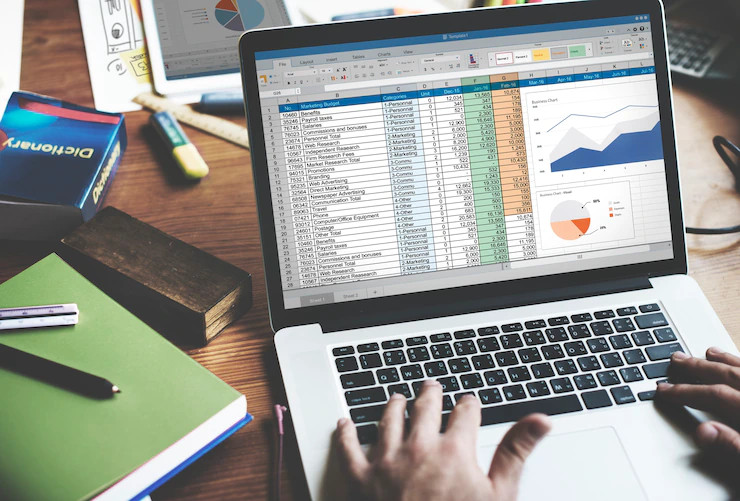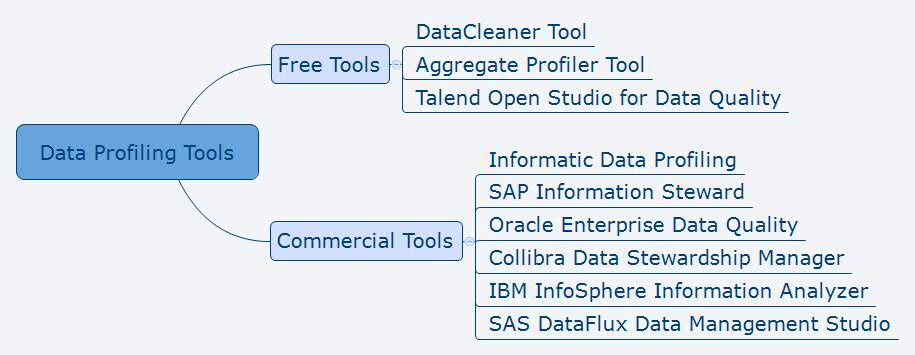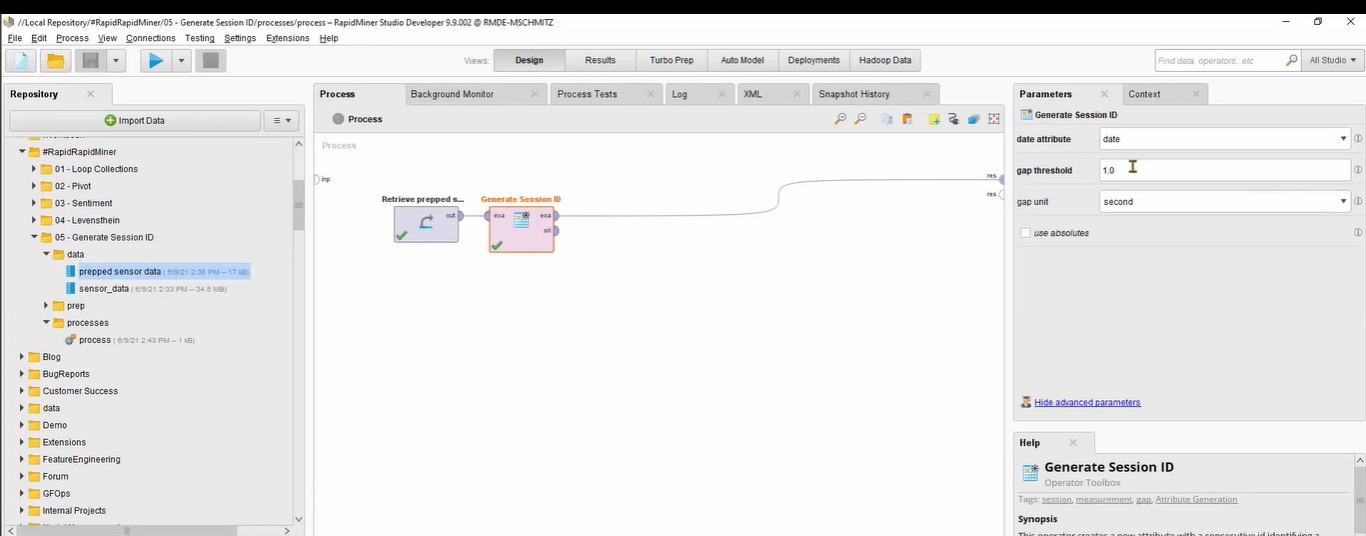Data mining and data profiling are the common methods employed in data analytics. The two names can often confuse many people.
Are you wondering between data mining and profiling? With this article, we will attempt to compare and contrast them.
Data profiling is examining and summarizing important information about data from an existing source. Data mining is exploring data and extracting insights and statistics from it. Now, we’ll go into more detail on each of the subjects.
Similarities and Differences
There is a significant distinction between data profiling and data mining.
Mining is extracting patterns from any set of data. In contrast, profiling is identifying patterns from a collection of data.
Below is the detailed discussion of each method’s tasks, techniques, and implementation. Let’s read on to discover!
Job Description

The technique of detecting patterns in a pre-constructed database is data mining. It extracts anomalous patterns and connects large datasets to get accurate results.
It gathers patterns and information from accessible data, finding genuine, innovative, and possibly useful data facts and trends. Then, you may use data analysis to address issues in other dispersed data.
On the contrary, data profiling examines unprocessed data from an existing database to compile statistics or valuable summaries. It is a technique for extracting information from data and assessing its quality.
It also aids in the evaluation of databases for uniqueness, consistency, and logic before integrating and analyzing them. It primarily focuses on data quality to detect abnormalities in datasets and repair them at the appropriate moment.
In a word, data mining extracts actionable data using advanced mathematical algorithms. Meanwhile, data profiling examines data quality information to detect abnormalities in a dataset.
Types

You may break down the forms of data mining into two categories:
- Predictive Data Mining: It looks at data to see what could happen later.
- Descriptive Data Mining: It summarizes or transforms provided data into useful information.
Data profiling may include three categories:
- Structure discovery aids in detecting if data is in the proper format. You may use basic statistics to assess the data’s integrity.
- Content discovery is primarily concerned with the data’s quality. You should format the data after processing it.
- Relationship discovery discovers links between datasets.
Techniques

Association learning, classification, clustering, prediction, regression, and sequential patterns are some of the most prevalent data mining methods.
The most frequent strategy for identifying patterns is association learning, which uses associations between elements. The relation method is another name for it.
- A categorization strategy splits variables in a data collection into predefined categories. Statistics, linear programming, and decision trees are all used in this method.
- Clustering assigns items to specified categories and allocates objects to classes that it develops. Using this method, you may forecast the relationship between dependent and independent variables.
- A sequential pattern is a strategy for identifying similar trends, practices, and occurrences.
The following are the several data profiling techniques:
- Structure discovery ensures that data is properly structured. It investigates fundamental data statistics.
- Content discovery digs deeper into the database’s pieces. It aids in the detection of null values, as well as inaccurate or confusing values.
- To better understand the links between the sets of data, relationship discovery examines the kind of data employed. It begins with a metadata analysis and then focuses on data overlaps.
Tools

Data mining utilized tools like Weka, Orange, RapidMiner, KNIME, SPSS, Sisense, SPSS Modeler, Data Melt, and Rattle.
You may need to master the following data profiling tools:
- Atlan
- IBM Infosphere Information Analyzer
- Aggregate Profiler
- Informatica Data Explorer
- Microsoft Docs
- Melissa Data Profiler.

7 Stages in the Data Mining Process
1. Data Cleaning
Poor insights and system failures result from dirty or insufficient data, which costs time and money. For that reason, engineers will remove all unclean data from the organization’s obtained data.
2. Integration of data
During this step, several professionals clear up more data in various databases.
It removes any inconsistencies in data and guarantees data quality to fulfill business needs. To combine data, specialists will employ data mining technologies like Microsoft SQL.
3. Data Reduction in the Interest of Data Quality
You need to use dimensionality reduction to minimize the number of characteristics in analytics data.
You may replace the original data with a lesser quantity of data in numerosity reduction. Then, give a generalization of the gathered data in data compression.
4. Transformation of Data
This industry-standard process will be used to transform data into a readable format that is compatible with mining goals.
They aggregate the original data to speed up data mining and make pattern detection in the final dataset easier.
5. Data Exploration
Before extracting the data, engineers add clever patterns to it. They then use models to represent all of the data. Experts utilize clustering, classification, and other modeling approaches to assure accuracy.
6. Pattern Analysis
To learn more about consumers, staff, and sales, they’ll utilize their models, historical data, and real-time data. To make data easy to grasp, teams summarize it or apply visualization data mining tools.
7. Knowledge Representation in Data Mining
Finally, data analysts may provide their results to these decision-makers in the form of reports.
Company owners use these insights to improve decision-making, develop new business, reduce waste, and produce better advertising campaigns.
Five-step Approach for Data Profiling
1. Make a list of the data domains.
Gather the data domains you want to characterize and ensure they’re all reliable.
It guarantees that the quantity of focus data shown to the data analyst is not overwhelming.
2. Obtain permission and safeguard any sensitive information.
Request authorization for all necessary domains and specify precisely what data each part will want. As the data discovery process progresses, this will guarantee to keep sensitive material secure.
3. Investigate possible internal sources.
Recognize the organization’s data creation in terms of where it comes from.
It will aid in the logical organization of data, making the profiling process quicker and more successful.
4. Locate possible external sources.
Determine whether external data sources will be relevant in providing possibly enhanced data. This phase of data profiling entails verifying the external sources’ credibility and examining their link to the company.
5. Prioritize source data candidates.
The next stage is to define priority on source data after discovering all internal and external sources and obtaining permission to the data sources.
Setting priorities will ensure that the profiling process runs smoothly and gain more insight throughout the data discovery phase.
Comparison Table
| Data Mining | Data Profiling | |
|---|---|---|
| Job description | Extract anomalous patterns and connects large datasets to get accurate results. | Examine unprocessed data from an existing database to compile statistics or valuable summaries. |
| Types | – Predictive data mining – Descriptive data mining | – Structure discovery – Content discovery – Relationship discovery |
| Techniques | – Categorization – Clustering – Sequential pattern | – Structure discovery – Content discovery – Relationship discovery |
| Tools | Weka, Orange, RapidMiner, KNIME, SPSS, Sisense, SPSS Modeler, Data Melt, and Rattle. | Atlan, IBM Infosphere Information Analyzer, Aggregate Profiler, Informatica Data Explorer, Melissa Data Profiler. |
| Steps | 1. Data Cleaning 2. Integration of data 3. Data Reduction 4. Transformation of Data 5. Data Exploration 6. Pattern Analysis 7. Knowledge Representation | 1. Make a list of the data domains 2. Obtain permission and safeguard any sensitive information 3. Investigate internal sources 4. Locate possible external sources 5. Prioritize source data candidates |
Which Is For You?
Without sophisticated tools like data mining, we won’t be able to mine such data.
Data profiling is also critical for a variety of reasons since it helps to examine data quality.
One of the numerous advantages of data profiling is that it can diagnose the quality of your data. You’ll be able to develop a strategy to improve the health of your data based on these findings.
For example, if your data is not correctly formatted or standardized, you may lose out on sales chances.
In short, data mining and data profiling are essential to your company’s business. The only difference is that you will need each method in the two during the different phases of your campaign.
Understanding the goals of each will help you apply the proper method to save your company time and money.
FAQs
Which is better: data science or mining?
Data science is a vast discipline that encompasses the processes of gathering, analyzing, and extracting information from data.
On the contrary, data mining is concerned with locating relevant information inside a dataset and using that information to identify hidden patterns.
What are the benefits of data profiling?
Data profiling aids in the discovery, understanding, and organization of information.
What is another term for data mining?
Knowledge Discovery in Data Mining is another name for data mining (KDD).
Conclusion
After analyzing the five related factors, we can conclude the essential differences between data mining and data profiling as follows:
Data profiling is examining and summarizing important information about data from an existing source. Data mining is exploring data and extracting insights and statistics from it.
Both need distinct skill sets and knowledge, and both will see strong demand for data, resources, and employment in the coming years. Learning how to differentiate them will help you achieve the best outcomes quickly.
